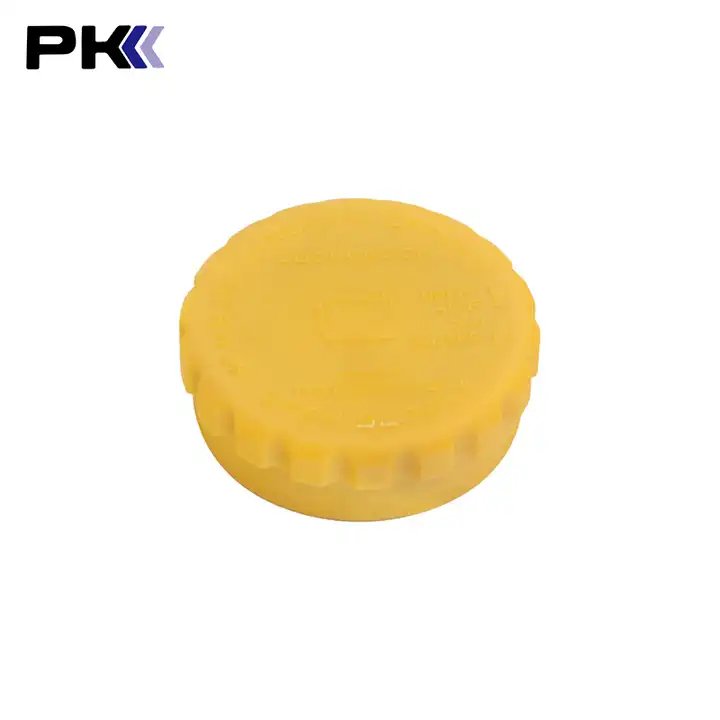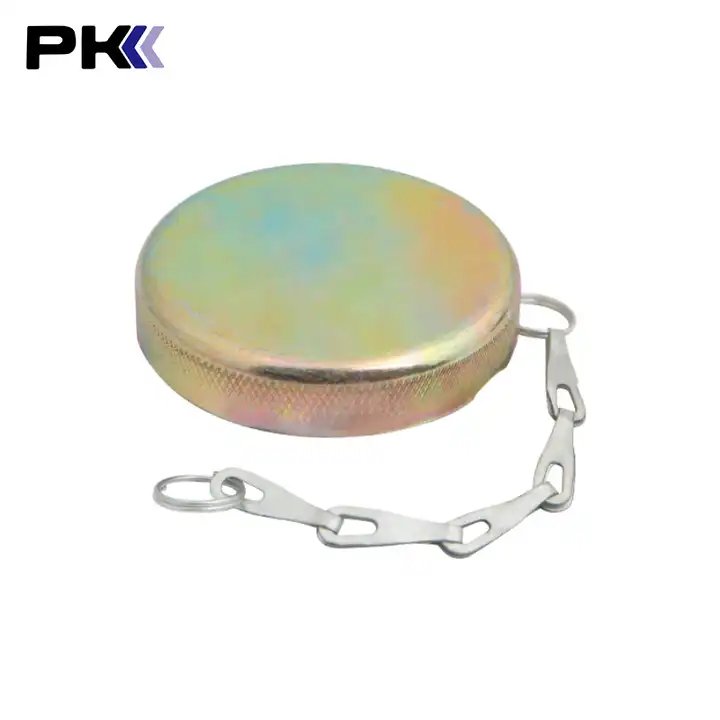Power Steering Reservoir Cap: Essential for Fluid Maintenance and Vehicle Performance
The power steering system in your vehicle plays a critical role in providing smooth, easy steering. Without it, driving would become far more strenuous, especially when maneuvering at low speeds or turning tight corners. One essential, often overlooked part of this system is the Power Steering Reservoir Cap. In this blog, we’ll dive into the importance of this component and explain why the Power Steering Reservoir Cap is vital for the proper functioning of vehicles like Buick, Cadillac, Chevrolet, GMC, Oldsmobile, Pontiac, and Workhorse Custom Chassis.
1. What is a Power Steering Reservoir Cap?
The Power Steering Reservoir Cap is a key component of your vehicle’s power steering system. It serves as the seal for the power steering fluid reservoir, ensuring that the fluid remains contained, uncontaminated, and at the correct pressure. In addition to maintaining the integrity of the fluid, the cap also prevents dirt, debris, and moisture from entering the reservoir, which could damage the system over time.
If the cap fails or becomes loose, you might experience a drop in power steering fluid levels or the potential for contaminants entering the system. This could result in poor steering performance, leaks, and damage to the power steering pump or other system components.
The Power Steering Reservoir Cap is often designed with a pressure relief valve, ensuring that the system doesn’t build up excessive pressure, which can cause damage. It’s a relatively small part, but its role in maintaining the power steering system cannot be overstated.
2. Why the Power Steering Reservoir Cap Matters
Proper maintenance of the Power Steering Reservoir Cap is crucial for several reasons:
- Seals the Power Steering Fluid: The main function of the cap is to keep the fluid sealed in the reservoir. If the cap doesn’t fit correctly or is damaged, you might experience fluid leaks, which could lead to low fluid levels and reduced performance in the steering system.
- Prevents Contaminants: A well-fitting reservoir cap ensures that contaminants like dirt, debris, and water cannot enter the reservoir. Contaminants can damage the seals inside the steering system, leading to higher maintenance costs and potentially dangerous driving conditions.
- Maintains Proper Pressure: Some power steering reservoir caps are equipped with a pressure relief valve to maintain the proper pressure in the steering system. This helps prevent the power steering pump from being damaged by excessive pressure or heat buildup.
- Ensures Optimal Performance: A tight and secure Power Steering Reservoir Cap ensures that the power steering fluid is at the right level and performs optimally, contributing to easy handling, better responsiveness, and smoother driving experiences.
3. Power Steering Reservoir Cap for Buick, Cadillac, Chevrolet, GMC, Oldsmobile, Pontiac, and Workhorse
The Power Steering Reservoir Cap is a crucial component for a wide range of vehicles, including popular models from Buick, Cadillac, Chevrolet, GMC, Oldsmobile, Pontiac, and Workhorse Custom Chassis. Here’s how the Power Steering Reservoir Cap benefits owners of these brands:
– Buick and Cadillac:
For luxury brands like Buick and Cadillac, smooth and precise steering is a hallmark of the driving experience. Ensuring that the power steering fluid is properly sealed and uncontaminated helps maintain the high-quality performance these vehicles are known for. Whether you drive a Buick Enclave or a Cadillac Escalade, the Power Steering Reservoir Cap is an essential component for keeping your steering system in top shape.
– Chevrolet and GMC:
Chevrolet and GMC vehicles, often used for both everyday driving and heavy-duty tasks, rely on their power steering systems for both ease of maneuverability and safety. From the Chevrolet Silverado to the GMC Sierra, a properly functioning power steering reservoir cap ensures your fluid stays sealed, preventing leaks and maintaining pressure for steady steering.
– Oldsmobile and Pontiac:
Older vehicles like Oldsmobile and Pontiac models, such as the Oldsmobile Cutlass or Pontiac Grand Prix, may not have modern power steering systems, but the Power Steering Reservoir Cap is just as important. For classic cars, keeping fluid at the right level and preventing contamination can extend the life of the power steering system and maintain the vehicle’s performance.
– Workhorse and Workhorse Custom Chassis:
For Workhorse Custom Chassis vehicles, often used in motorhomes, delivery vehicles, and larger commercial applications, maintaining the power steering fluid is essential for both performance and safety. A well-maintained Power Steering Reservoir Cap is particularly important for Workhorse owners who rely on their vehicles for heavy-duty tasks, as it ensures a steady and reliable steering experience.
4. Common Issues with Power Steering Reservoir Caps
The Power Steering Reservoir Cap is durable, but like all components, it can experience wear and tear over time. Here are some common issues you may encounter with this part:
- Loose or Worn Cap: If the cap is not properly sealed or the seal becomes worn, you might experience fluid leaks or contamination. This can lead to poor steering performance, increased wear on the power steering pump, and potential system failure.
- Cracks or Damage: Over time, exposure to heat and pressure can cause the cap to crack or break. A damaged cap should be replaced immediately to avoid any damage to the steering system.
- Pressure Build-Up: A malfunctioning pressure relief valve in the cap can result in excessive pressure in the power steering system. This can cause damage to the power steering pump, hoses, and other parts of the system.
5. How to Maintain Your Power Steering Reservoir Cap
Here are some tips for maintaining your Power Steering Reservoir Cap and ensuring your steering system works at its best:
- Regularly Check for Leaks: Periodically check around the cap for signs of leaks or fluid residue. If you notice any fluid around the cap, it might indicate that the cap isn’t sealing properly.
- Inspect for Cracks: Examine the cap for any cracks, chips, or other signs of damage. A damaged cap should be replaced immediately to prevent further issues.
- Ensure Proper Fit: If the cap doesn’t fit securely or feels loose, replace it with an OEM or high-quality replacement cap to maintain proper sealing and prevent contamination.
- Maintain Fluid Levels: Always check the power steering fluid levels and top them up if needed. Low fluid levels can cause difficulty in steering and may damage the power steering pump.
6. Conclusion
The Power Steering Reservoir Cap may seem like a small and insignificant part of your vehicle, but it plays a vital role in maintaining the integrity and efficiency of the power steering system. Whether you drive a Buick, Cadillac, Chevrolet, GMC, Oldsmobile, Pontiac, or Workhorse Custom Chassis vehicle, ensuring that your power steering reservoir is properly sealed and free from contaminants is essential for a smooth, safe, and enjoyable driving experience.
If you notice any issues with your power steering or suspect your reservoir cap is faulty, don’t wait—replace it with a high-quality, OEM or equivalent part to keep your vehicle’s power steering system functioning optimally.





